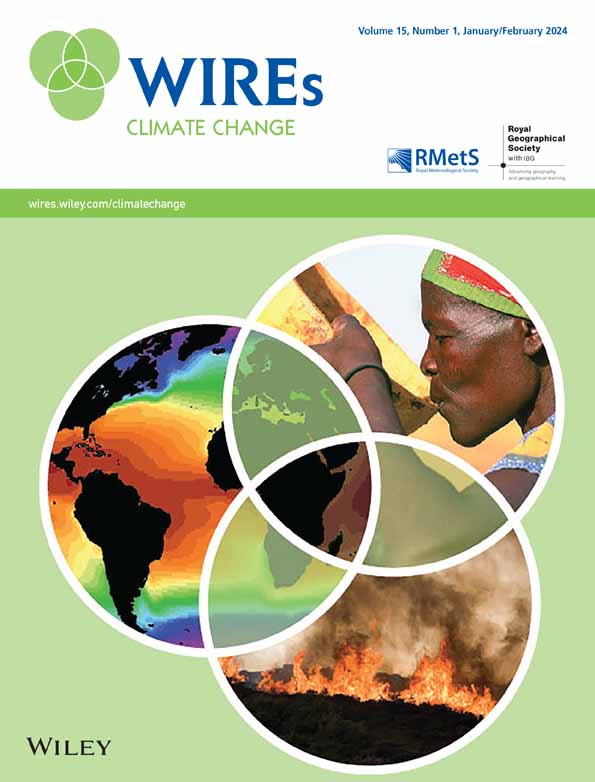对批判城市气候学的呼吁:批判自然地理学的经验教训
IF 10.3
1区 环境科学与生态学
Q1 ENVIRONMENTAL STUDIES
引用次数: 2
摘要
城市气候学和环境正义经常共享同一个研究地点:城市。然而,他们以不同的方式研究城市地区。城市气候学通过对城市的大气和气候特征进行更广泛、更深入的调查,有助于更好地了解城市边界和冠层气候。环境正义有助于更好地理解穷人和有色人种如何不成比例地受到环境问题的影响。我在这里认为,我们需要这两个领域来充分了解城市气候,因为它们既受殖民主义、种族、性别和阶级的遗产的影响,也受城市能源预算的特殊性以及它们所驱动的城市内部空气质量和温湿度特征的变化的影响。批判性自然地理学可以提供重要的分析、理论和方法工具,帮助城市气候学家和环境正义学者共同努力实现社会和环境转型的目标。本文章由计算机程序翻译,如有差异,请以英文原文为准。
A call for a critical urban climatology: Lessons from critical physical geography
Urban climatology and environmental justice frequently share the same research site: the city. However, they study urban areas in distinct ways. Urban climatology has contributed to a better understanding of the urban boundary and canopy layer climates by embracing a broader and deeper investigation of the atmospheric and climatic specificities of the cities. Environmental justice has contributed a better understanding of how the poor and people of color are disproportionally affected by environmental problems. I argue here that we need both fields to fully understand urban climates because they are shaped both by legacies of colonialism, and race, gender, and class, and by the particularities of urban energy budgets and the variation in intra‐urban air quality and thermal‐hygrometric characteristics they drive. Critical physical geography can provide important analytical, theoretical, and methodological tools to help urban climatologists and environmental justice scholars work together toward the goal of social and environmental transformation.
求助全文
通过发布文献求助,成功后即可免费获取论文全文。
去求助
来源期刊

Wiley Interdisciplinary Reviews: Climate Change
METEOROLOGY & ATMOSPHERIC SCIENCES-
CiteScore
20.00
自引率
2.20%
发文量
58
审稿时长
>12 weeks
期刊介绍:
WIREs Climate Change serves as a distinctive platform for delving into current and emerging knowledge across various disciplines contributing to the understanding of climate change. This includes environmental history, humanities, physical and life sciences, social sciences, engineering, and economics. Developed in association with the Royal Meteorological Society and the Royal Geographical Society (with IBG) in the UK, this publication acts as an encyclopedic reference for climate change scholarship and research, offering a forum to explore diverse perspectives on how climate change is comprehended, analyzed, and contested globally.
 求助内容:
求助内容: 应助结果提醒方式:
应助结果提醒方式:


